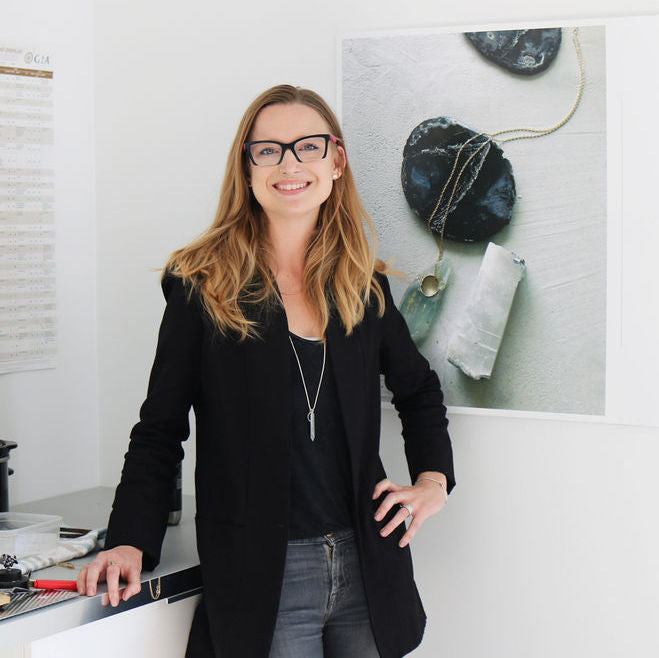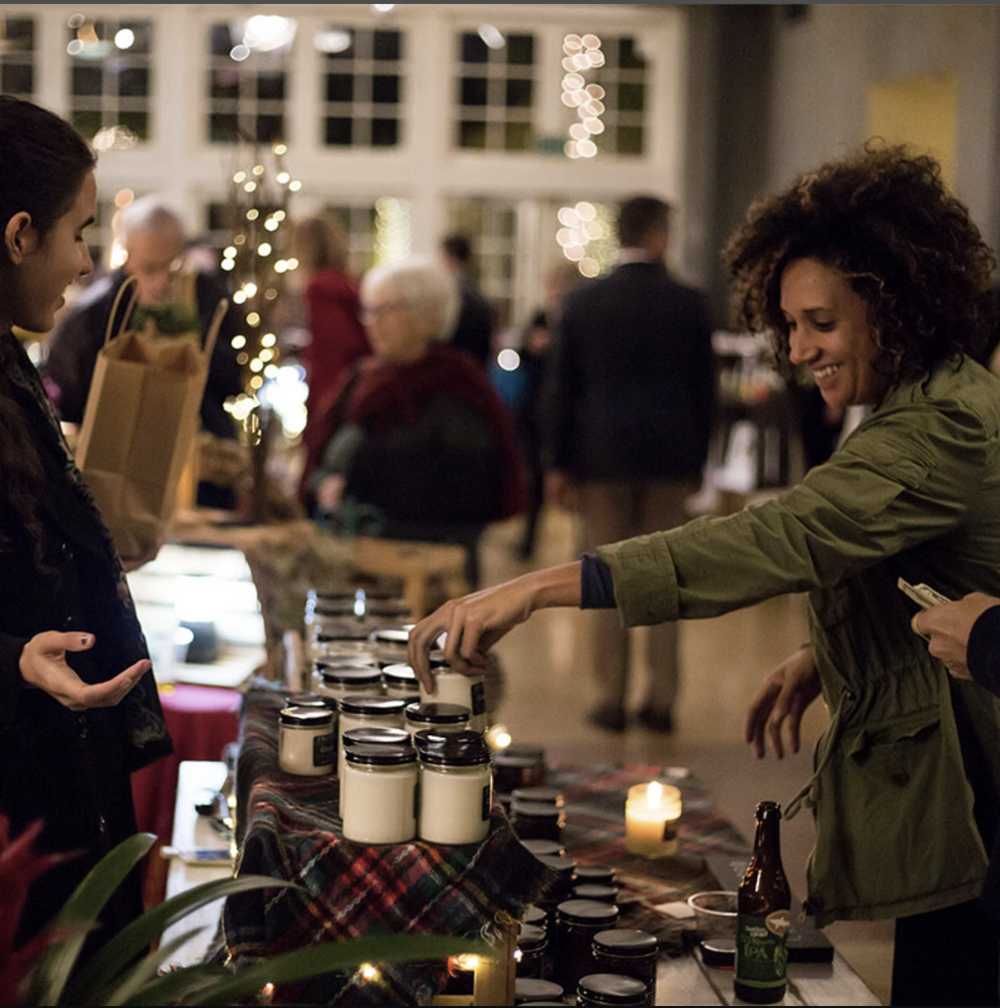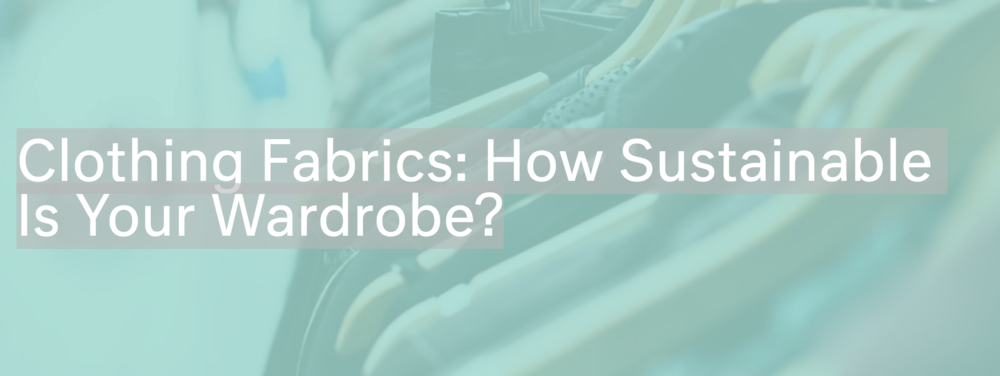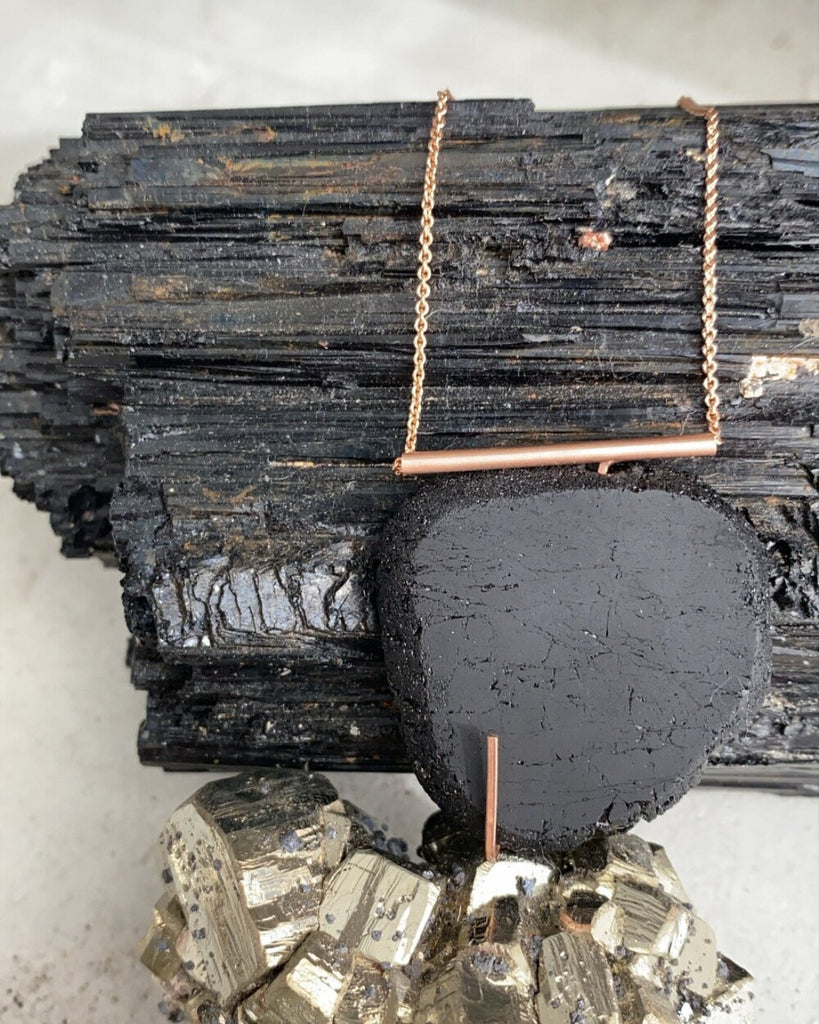It's time for a Fashion Revolution!

This week is Fashion Revolution Week. Some of you might already know and might already be asking your favorite brands, “who made my clothes?” (or jewelry or accessories,) and if so, hats off to you and thank you for making your voice heard and helping hold the fashion industry accountable. If you’re newer to sustainable fashion, no worries, Fashion Revolution week is a great way to start getting involved! I’ll go into the history and impact of Fashion Revolution and why it’s essential to get involved.
Why do we need a fashion revolution? Seven years ago, on April 24th, 2013, the Rana Plaza garment factory in Bangladesh collapsed. 1,138 people died, and an additional 2,500 people were injured, making this the fourth largest industrial disaster in our history. Most of the victims were young women making clothing for large global brands such as H&M and Joe Fresh.
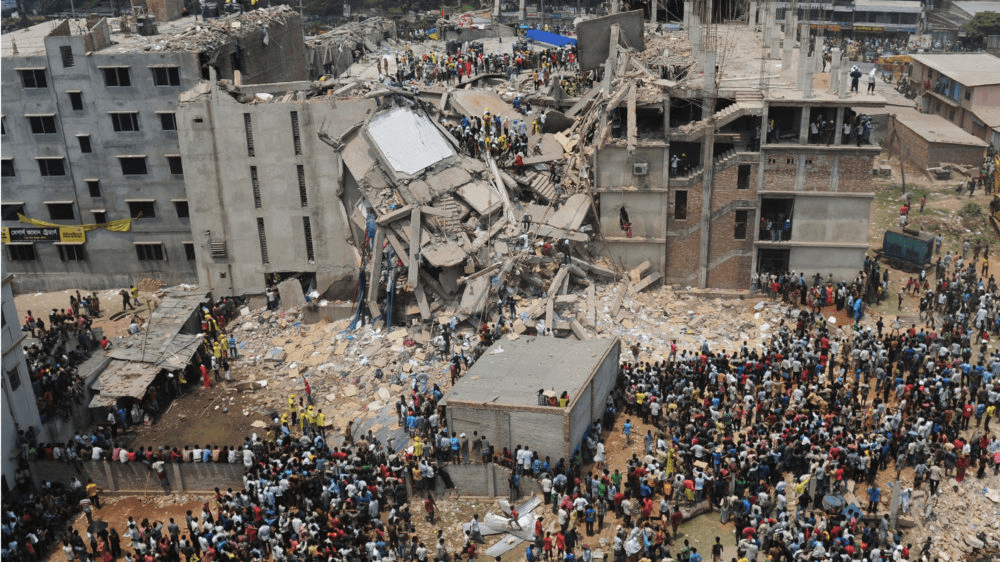
Fashion shouldn’t literally be ‘to die for.’
This was the event that first opened my eyes to the reality of how many of the clothes I was wearing, as a then-college student, were made. This led me to break up with fast fashion. It eventually impacted the way I see sourcing and manufacturing as a business owner and designer. It’s the reason I ask my suppliers where their gems came from and who mined them, or where our gold and silver are coming from. It’s the reason I’m committed to helping create a more compassionate and transparent industry.
Unfortunately, this event can’t be written off as an isolated tragedy in fashion. Approximately 75 million people around the world work to make our clothes and accessories, and about 80% of them are young women aged 18-35. Unfortunately, most of them live in poverty. They are often unable to afford the bare necessities for life and are often subject to exploitation, physical, and verbal abuse. They often work in dirty and unsafe conditions, all for very little pay. This is the status quo for many of the people who work in garment manufacturing. And now the COVID-19 pandemic has only poured gasoline on the fire, now as these same international brands aren’t paying the factories, which in turn aren’t paying their garment workers.
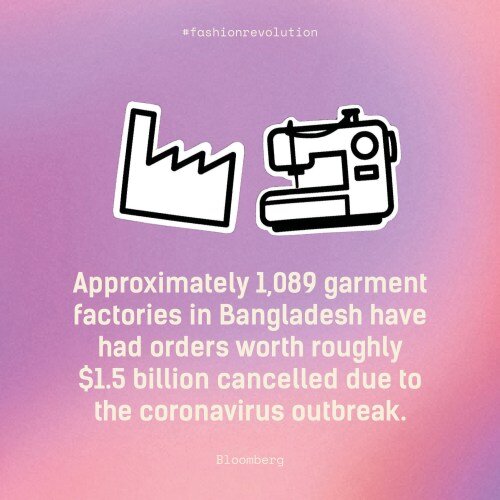
So, what needs to change? The first action we must take is to break the wheel of fashion. Brands are making new collections and trends at break-neck speeds. Despite the rising costs of energy and raw materials, clothing is cheaper than ever before. This system isn’t working. The risky and unmanageable speed of the fashion industry has also led to more industrial disasters, less safe working conditions, and exploitative labor practices. The EPA estimates that the industry is churning out over 150 billion pieces of clothing every year, and in America alone, we throw away 10.5 million tons (yes tons) of clothing every year, 85% of which ends up incinerated or in a landfill. That’s about 80 lbs of clothing per person per year thrown away! This also comes at the expense of the environment, as the processes used to grow, dye, and launder our clothes end up polluting our rivers, land, oceans, and air. So that means this monumental waste of resources ends up damaging the environment in every aspect of its lifecycle.
To quote Fashion Revolution,
We need to break our addiction to the need for speed and volume. We need to realize the true cost of our cheap bargains. Ultimately, we need to buy less, buy better, and keep asking questions about the realities behind what we’re purchasing. We need to love the clothes we already own more and work harder to make them last.
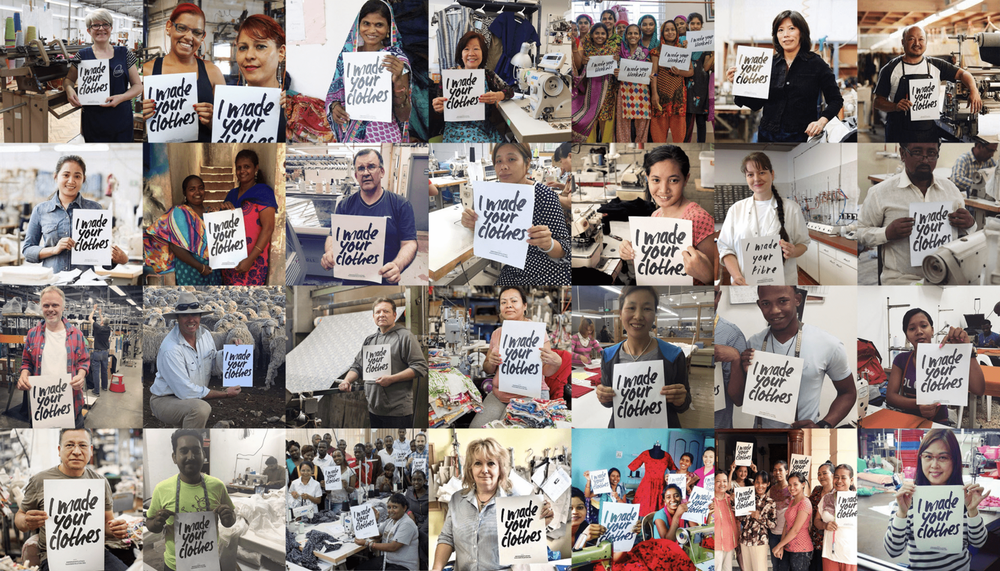
Demanding transparency is the first step in creating this change. This week, ask yourself, “Who made my clothes?” And more importantly, ask the brands and retailers you buy from, “Who made my clothes?” and “Who made my jewelry?” Some will probably ignore you or direct you to their corporate social responsibility page. It’s not good enough. When we accept these answers, it tells them this is enough and they’ve done their due diligence. Keep asking until they respond, the more people who ask, the more the impetus will be on those brands to answer. Tag your favorite brands on social media and ask them #whomademyclothes. More transparency leads to greater accountability, which will eventually lead to a change in the way business is done in the fashion industry.
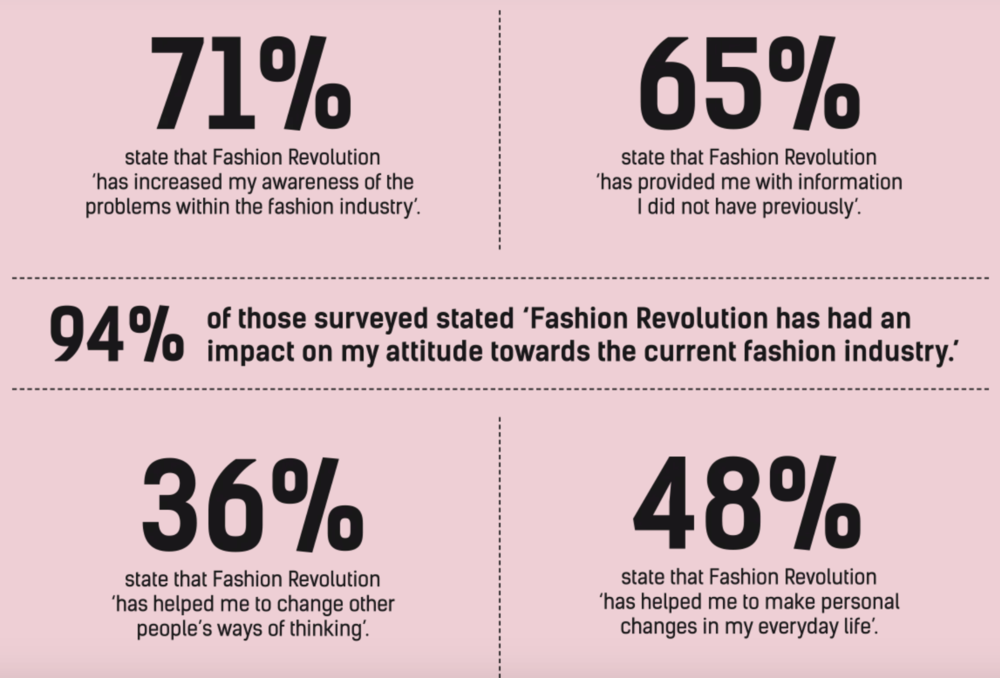
So how can asking a brand who made my clothes on social media make a real change? Last year over 2 million people around the world participated in the Fashion Revolution social media campaign and attended events in their local cities. And there was over an 80% growth from 2017 to 2018 in the use of #imadeyourclothes, meaning more brands and manufacturers are hearing our voices and responding. There was a 250% increase as well in people asking brands and demanding transparency. It looks like the industry is starting to listen to our new requirements for brand loyalty. Revolutions don’t happen overnight, but with more people making their voices heard, it’s no doubt that changes are happening.
Small changes can make a big difference, and while purchasing a piece of clothing may seem like a small action, consider it from the supply perspective. You’ve helped that seller, the manufacturer, and the workers in each layer of the supply chain. You’re enriching the lives of those who you choose to buy from, so it’s important to choose wisely.
If you want to find out more ways you can participate in the revolution, head to https://www.fashionrevolution.org/about/get-involved/


